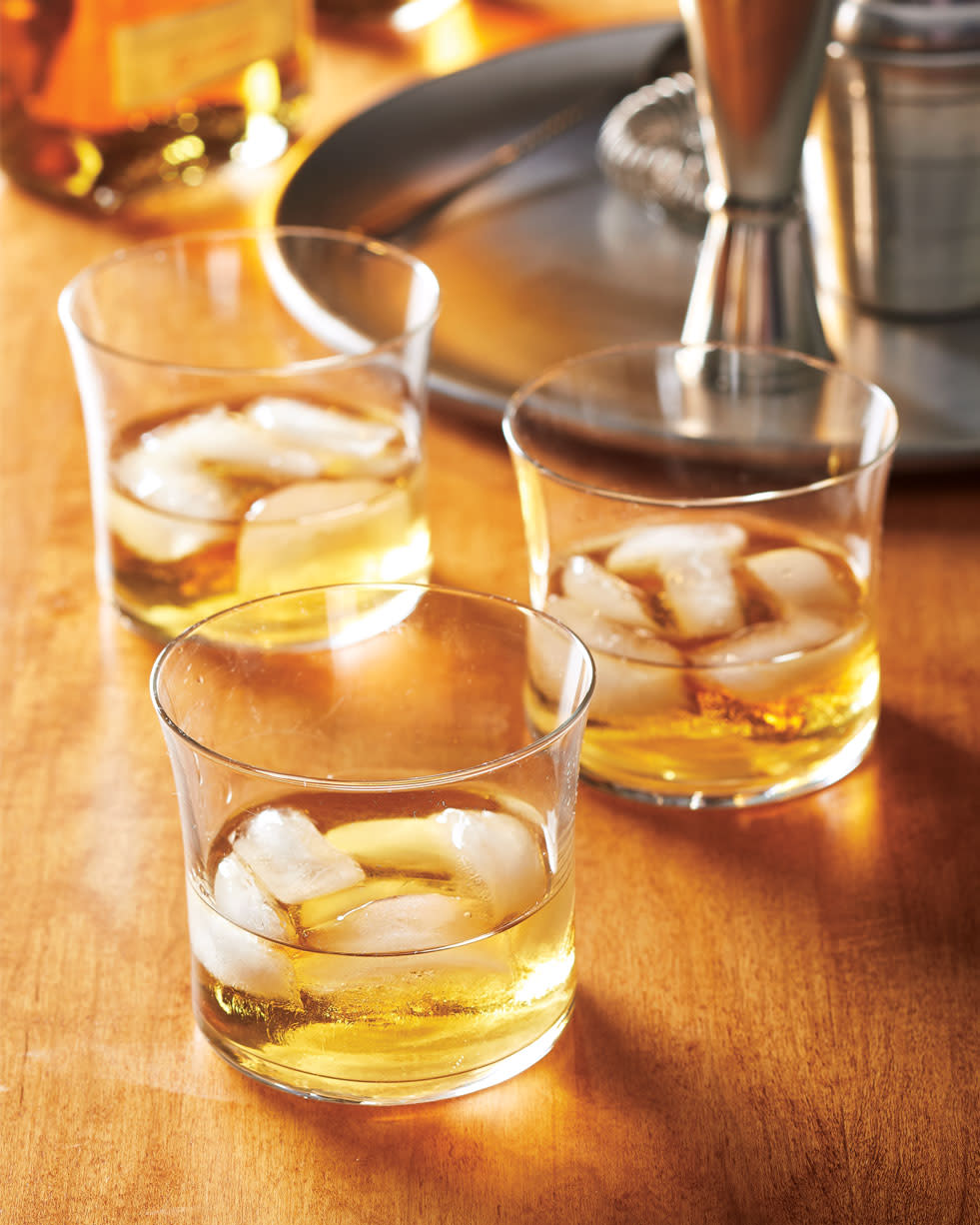What’s the difference between proof and ABV?
What does ABV mean? Are ABV and Proof standard measurements?

What’s the difference between proof and ABV in alcohol?
Proof actually got its name due to a system used in England in the 1500s — the government levied higher taxes on liquor containing higher amounts of alcohol. Basically, they soaked gunpowder in the liquor and lit it on fire. If it burned blue, there was proof it contained a high amount of alcohol (about 57 percent). The proof system has changed over time and it varies by country.
On the other hand, ABV (alcohol by volume), the percentage of alcohol in the liquid, is standard worldwide. In the U.S., all you need to know is you double the ABV to determine the proof. For example, if a spirit has an ABV of 40%, it’s 80 proof. And conversely if you know a spirit’s proof, the ABV is simply half that.
Product Recommendations
Interested in cooking? Need some supplies?
Check out some of the tools we like. All products featured on Cuisine at Home are independently selected by our editors; we may earn an affiliate commission from qualifying purchases through our links.







